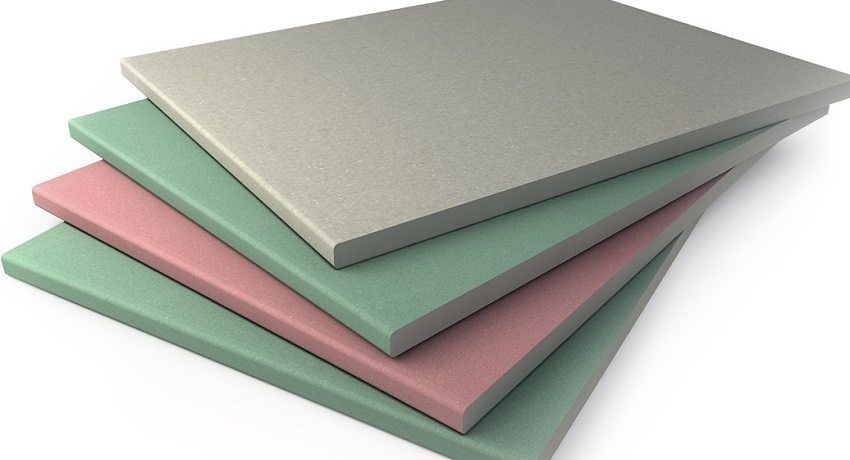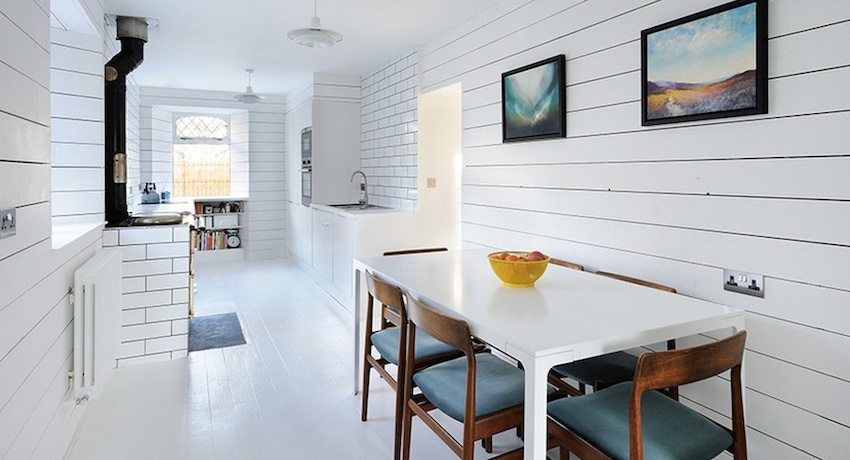In modern construction production there are many finishing and auxiliary materials in the form of putties, primers and protective mixtures, but along with them there is known a tool that has been tested for centuries, called liquid glass. The use of silicate mixtures is very wide, which makes them versatile and unique. More details about the areas of use of this substance can be found in this article.

Liquid glass: composition and material properties
The term “liquid glass” appeared due to the properties of a watery mixture when frozen, transformed into a solid transparent substance. Its popularity is due to adhesive and waterproof characteristics. Invented a tool back in the Middle Ages. The basis of its production is the reaction of silicic acid and alkaline compounds. The invention was patented only in 1818 by the German mineral chemist Jan Nepomuk von Fuchs.
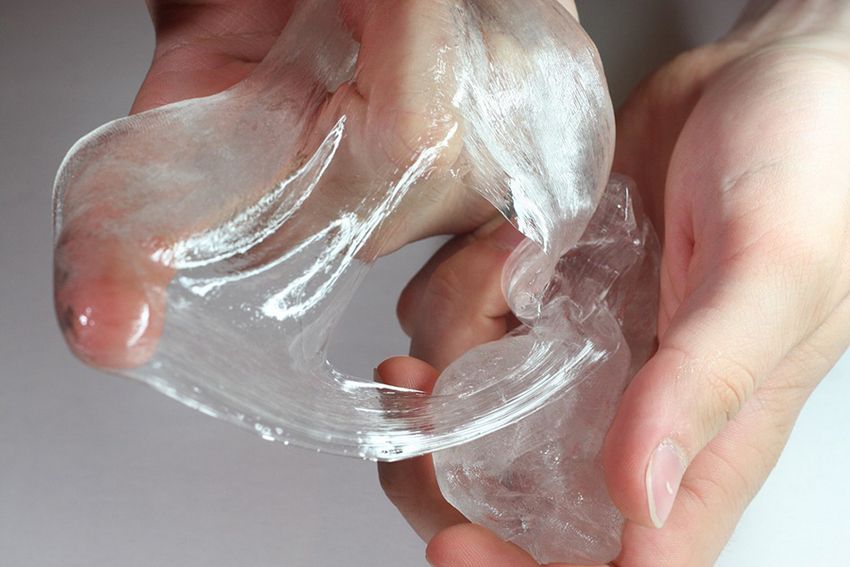
The classic composition of the substance has not changed much over the centuries. It contains silica-containing elements and a solution of sodium hydroxide that can be dissolved in water. That is why liquid glass is also called soluble. Outwardly it is a colorless (sometimes with a greenish or yellow tint) transparent substance of different consistency. The formula of liquid glass is a compound of alkali silicates, respectively, has the following form:
- Na2O (SiO2) n – sodium silicate;
- K2O (SiO2) n – potassium silicate.
To get an idea of what it is liquid glass, it suffices to recall a school course in chemistry. The numerical ratio of SiO2 molecules to Na2O or K2O molecules is called the silica module, which determines the solubility and a number of other properties of liquid glass. Indicator n indicates the number of molecules of silicon dioxide.
The material is obtained by fusing silica sand mixed with soda or sodium sulfate and coal. This happens in special glass furnaces that operate continuously. Technologically, the cooking process is similar to the production of insoluble glass. Liquid glass is also produced by autoclaving the treatment of amorphous silica with caustic alkali of high concentration.
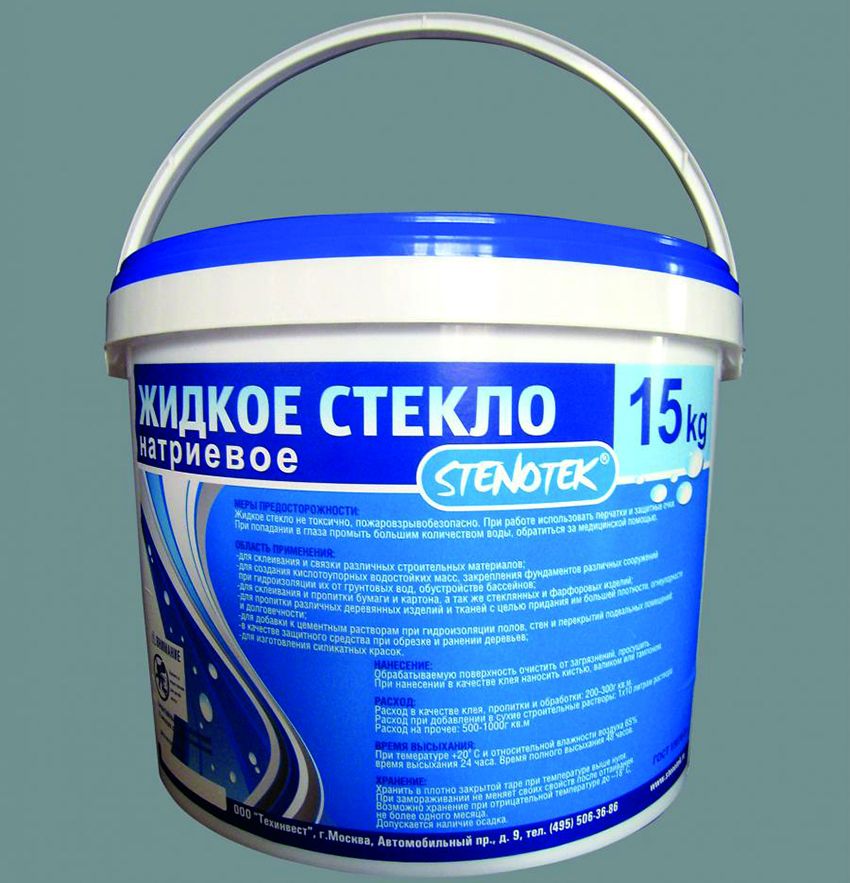
The versatility of the tool is due to the mass of functions that liquid glass performs in construction (and not only), in particular:
- repels moisture, eliminating the negative effects of water on building materials, thus acting as a hydrophobic insulator;
- destroys bacteria, fungi and mold, prevents their reproduction, being an excellent antiseptic;
- used to fill pores on different surfaces;
- neutralizes static electricity, acting as an antistatic agent;
- serves as a thermal insulator and provides fire resistance of the material.
Important! Liquid glass is not recommended to be applied to the brick, as the composition of the product has a damaging effect on the porous structure of the brick surface.
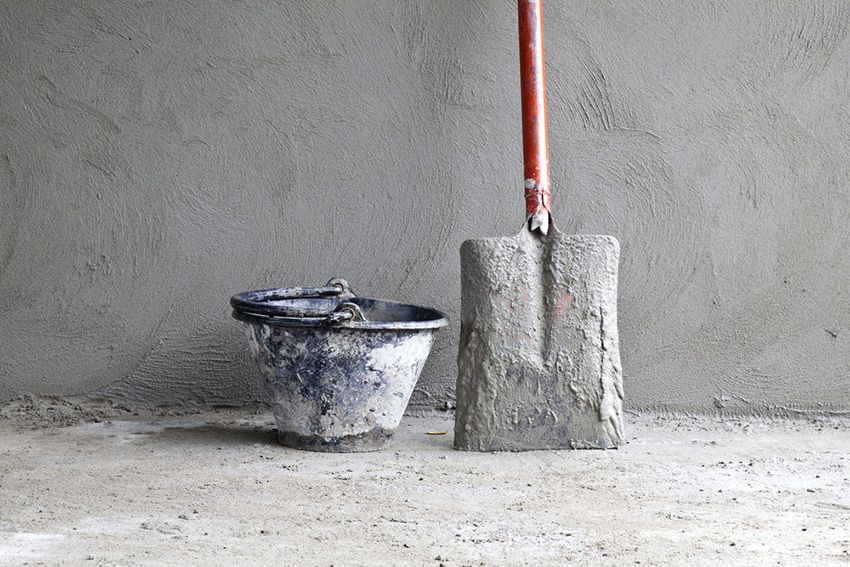
The wide scope of liquid glass and its functionality are due to a number of specific characteristics:
- the ease of penetration of material into microscopic cracks and pores, their full occupancy, so that it is easy to apply on concrete and wooden surfaces;
- minimal material consumption and low cost in comparison with other waterproofing agents;
- long service life, which starts from five years;
- high moisture resistance;
- degree of protection, depending on the number of layers of impregnation;
- The applied solution forms a waterproofing layer of a high degree of reliability.
The main feature of liquid glass is its wide scope. As mentioned above, its composition may include two minerals – sodium or potassium. This is the main difference between the two types of material, but there are still differences in the areas of their application.

Liquid glass of potassium type is most often used in paint and varnish production, as this substance copes with various atmospheric and chemical loads. This component is often included in silicate paints.
The instructions for use of sodium liquid glass provided for its addition to the adhesive solutions, as the material is characterized by high astringent properties. This composition provides good waterproofing protection of surfaces. Option based on sodium helps to increase the strength characteristics of structures made of concrete. In addition, it is conducive to their fire resistance and provides high antiseptic properties.
Thus, sodium liquid glass has a wider range of properties, and its use, respectively, is much wider. At the same time, the cost of potassium glass is higher, as it is much more effective in resisting acids, moisture, and weathering. After its use, no whitish spots characteristic of the sodium solution remain on the surface.
In the process of producing soluble glass, a relatively thick liquid is obtained. It is produced in various dosages, depending on which the physicochemical, mechanical, operational and other properties of materials change. Liquid glass is a chemically active substance that can interact with elements of various shapes, from solid to gaseous. The main properties are increased stickiness and viscosity. The product can be stored for a rather long time in a securely closed container, since the reaction takes place when air enters, so that it decomposes. Heating also leads to decomposition with the release of amorphous silica.

Good to know! The usual school or so-called office silicate glue belongs to the subspecies of liquid glass. Its consistency is slightly thinner than the material used in construction. Often it is called – liquid glass adhesive.
Silicate glue is often treated to the surface before painting or sticking wallpaper, using it as an antiseptic. The substance has antibacterial properties that prevent the development of bacteria and kill old colonies of microorganisms. Silicate mortar when applied to wood, concrete or paper increases their fire-resistant and moisture-resistant qualities. Therefore, it is used not only in construction, but also in the artistic processing of wood.
Liquid glass is used in the production of materials for sealing pipes, in the installation of PVC tiles and linoleum, and the impregnation of the fabric with this substance gives it heat resistance and refractoriness. Suitable means for the restoration of objects made of porcelain and glass. These are just a few areas of application of liquid glass, a more detailed look at the scope of its use below.
Given the high moisture resistance, adhesion, fire resistance and a number of other properties, liquid glass is most often used in construction. The list of works is very wide, the main ones are as follows:
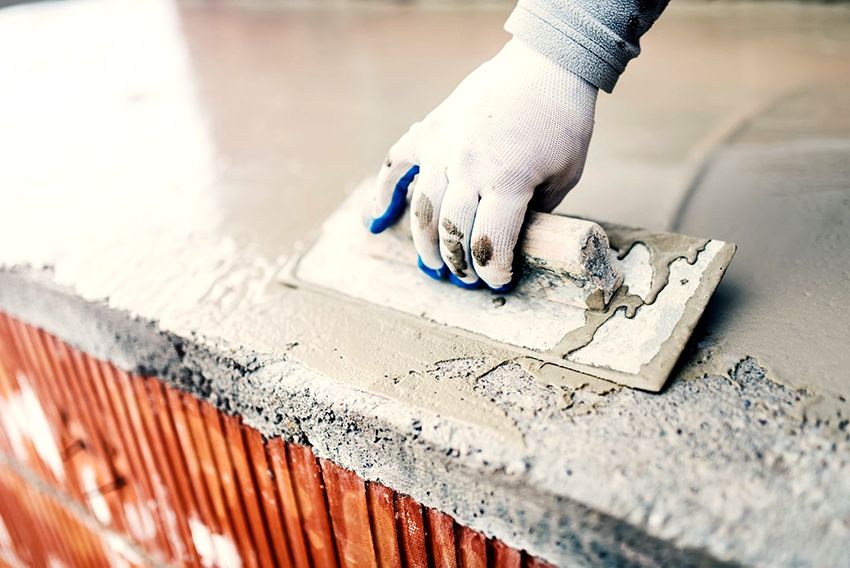
- Painting and waterproofing of concrete foundations. To this end, sodium silicate is used in proportions of 1: 2 with water, where two parts fall into water. The solution is applied with a brush in two layers, giving time for the complete drying of the previous layer.
- Waterproofing of underground premises – basements and basements. In order to impregnate inside the basement rooms, they use a solution of liquid glass with water in a ratio of 1: 2, and several layers are applied.
- The addition of sodium silicate to building solutions is the most common application area for liquid glass in construction. Depending on the final result, different proportions are used, but the classic recipe is 100 liters of mixture per 1 liter of liquid glass.
- Waterproofing pools. Liquid glass deposited on the surface of the bowl, polymerized, forming a reliable water-repellent shell. Apply two layers: the first is absorbed, the second – control. Consumption is 0.5 liters of material per 1 m ?.
- Liquid glass as the main component of bactericidal grout. Adding a substance to the grout protects the joints between the tiles from the formation of mold and fungi. Proportion: 1 part potassium silicate to 3 parts grout.
- The use of cement and liquid glass as a component of quick-drying glue for joining ceramic tiles, as well as a fixing agent for types of construction works.
- The use of glue for fixing on the floor of linoleum and carpet ensures reliable laying of the floor covering.
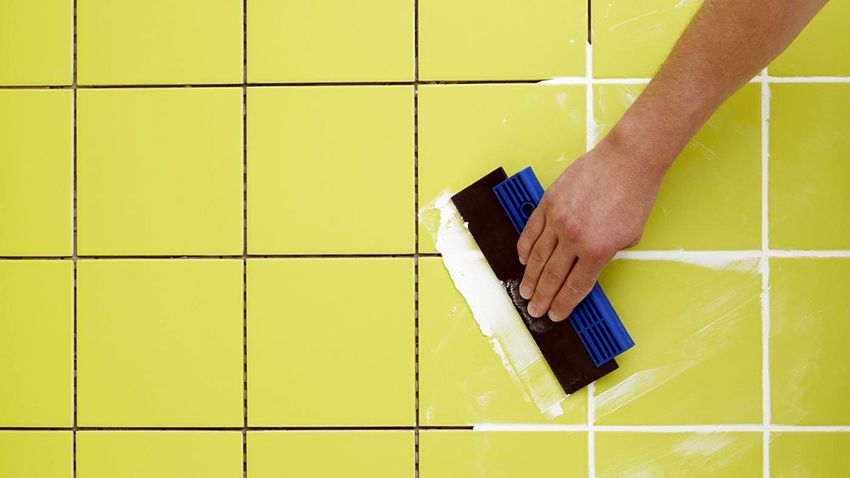
Liquid glass is used in construction to improve the quality characteristics of concrete. Especially advisable is the use of the tool in cases where it is assumed that the moisture content on the cement structure will be constantly affected. This prolongs the life of the building, preventing its destruction.
Helpful advice! A mixture of sand and cement prepared by hand with the addition of a silicate solution in its pure form without water will have high adhesion and will quickly solidify. This composition is similar in characteristics to alabaster.
Therefore, the use of liquid glass in cement mortar is particularly desirable for these types of work:
- the construction of the foundation for construction on the ground with a close location of groundwater;
- construction and refining of premises located under the ground;
- facing furnace and stone chimney passages outside the building;
- construction of premises with high humidity: baths, pools, showers;
- creation of decorative artificial reservoirs.
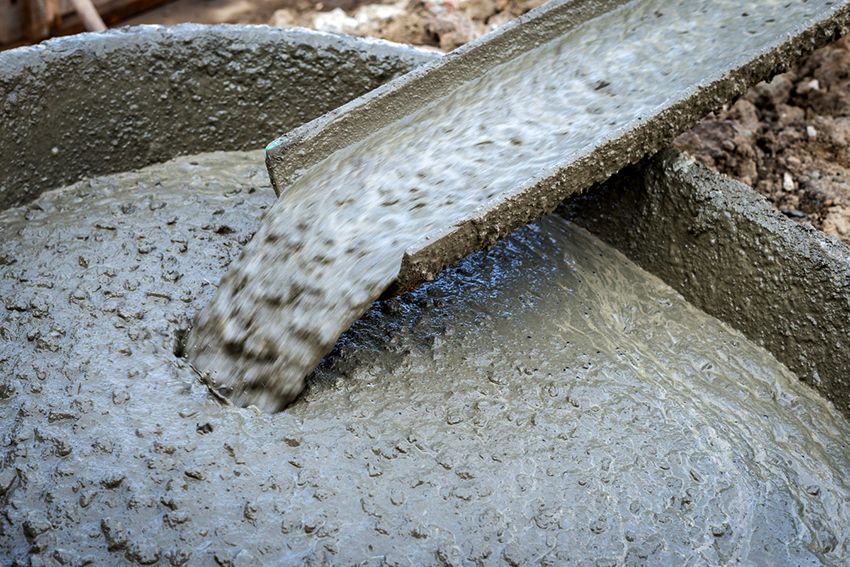
In addition, the silicate solution when added to concrete makes it invulnerable to bacteria, mold and fungi. If the cement composition is used for exterior work, then it is diluted with 10% liquid glass. The proportions of sand and cement are 1: 3.
Sodium silicate is added to concrete mortars to waterproof the material. It is indispensable for the construction of basement structures, and is used not only to cover the floors, but also for applying to the walls and ceiling. The ratio of materials in this case will be equal to 1:10.
Liquid glass is used in almost all areas. The most widely – in construction, and in the first place – to impart or enhance the waterproofing properties of different surfaces. The use of the material creates hydroprotection of foundations, basements, pools. Therefore, its presence is advisable wherever contact with water is expected.
According to the instructions for use of liquid glass for construction (in the preparation of a pure solution) is diluted in water in a ratio of 1: 4. One of the drawbacks of glass coating is the impossibility of painting the surface after applying the silicate solution, since a smooth film is formed from above, on which paints and varnishes do not adhere. If it is necessary to impart waterproofing properties to concrete, then for this purpose it is necessary to observe a proportion of 1: 8.

Liquid glass process the walls of the attic and basement. It should be noted that a universal tool can be applied both from the outside of the object and inside it. With the help of the composition, they protect the walls of wells from moisture. This type of work is carried out in two stages. First, a thin layer of pure sodium silicate is applied, the subsequent layer is a concrete mix with the addition of liquid glass.
The method of using liquid glass for waterproofing a pool is somewhat different. For this, the composition is applied in a single, but thick layer, and stage-by-stage processing is possible. This type of work inside the structure will prevent the destruction of the walls from the constant exposure to water. Exterior treatment protects against groundwater ingress.
- Candle crushed on the grater.
- The shavings are filled with white spirit. The proportions of materials correspond to 1: 3, where one part of paraffin and three parts of liquid. Do not make too thick solution.
- The tool is applied to the surface.
- The solution is rubbed using a soft cloth.
Applying such a coating, you can not only protect the car or other objects from moisture, but also get rid of microcracks.
Thus, the material, called liquid glass, is indeed a universal remedy, as it is used in various fields. Due to the wide range of positive properties, the use of liquid glass will help to solve a number of tasks both in everyday life and in construction. Its use will help ensure reliable hydro and thermal insulation of various objects, protect the surface from bacteria, mold and fungi.
